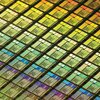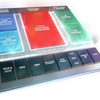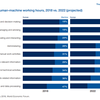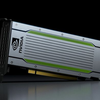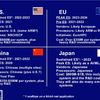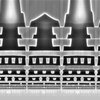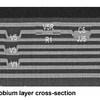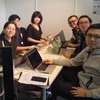Intel has issued a firm denial of a media report alleging the chipmaker is abandoning its 10nm semiconductor manufacturing process. The truth may be lie somewhere between those two claims.
The European Centre for Medium-Range Weather Forecasts (ECMWF) and its partners have begun the second phase of an EU-funded project to develop extreme-scale computing for numerical weather prediction (NWP) and climate modeling.
Xilinx has introduced Versal, a new product family based on its heterogeneous Adaptive Computer Accelerator Platform (ACAP). The initial product offerings integrate FPGA technology with Arm CPU cores, DSPs, and AI processing engines. The new platform aims to accelerate a wide array of machine learning and data-intensive workloads running in the datacenter and on edge devices.
Funding for the European High Performance Computing (EuroHPC) Joint Undertaking has beenallocated to deploy the regions initial batch of pre-exascale supercomputers, as well as drive development of an indigenous ecosystem for high performance computing.
A report conducted by the World Economic Forum (WEF) has found that machines are rapidly replacing human labor across all major industries. That offers both good news and bad news for workers and the companies that employ them.
At GTC Japan, NVIDIA announced the Tesla T4 GPU, the companys first datacenter product that incorporates the capabilities of the Turing architecture. To go along with the new hardware, the GPU-maker is also releasing enhanced TensorRT software.
According to the latest analysis from Hyperion Research, the various global efforts to reach exascale supercomputing are making good headway. But in some cases, the decision to develop domestically-produced processors for these systems and the inclusion of new application use cases appears to bestretching out the timelines.
With a share price riding high and dominance in the datacentre market, it may seem perverse to state that Intel is a company facing a range of significant problems. So what caused the technology behemoth on the occasion of its 50th birthday to find itself so spectacularly on its back foot?
China is investing $145 million to become a world leader in superconductor-based computing, a technology that could make semiconductor-powered supercomputers and datacenter servers obsolete.
In the second installment of our two-part report on the Student Cluster Competition (SCC), we trace the history of the top three teams at the recent ISC High Performance conference (ISC18) and look at the factors that drove their success.
